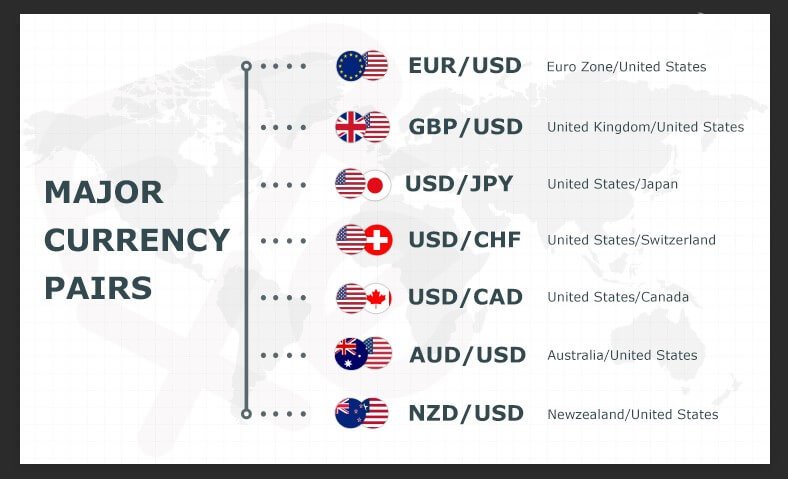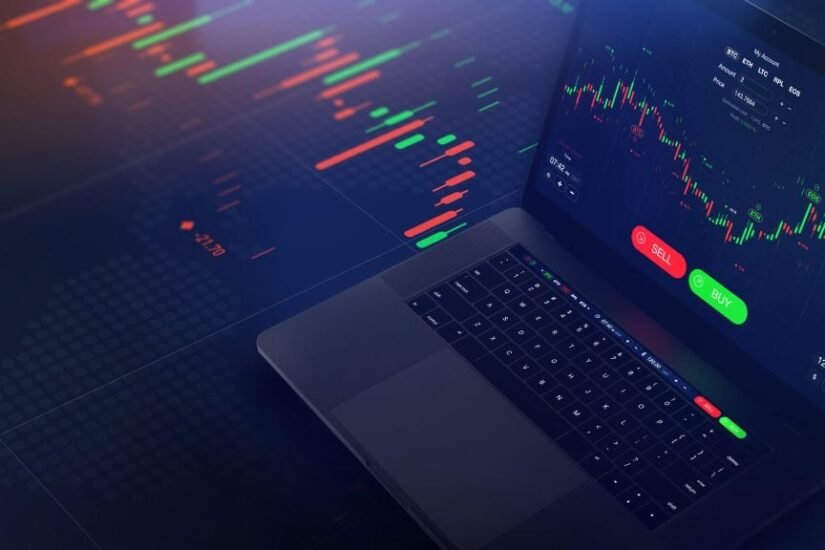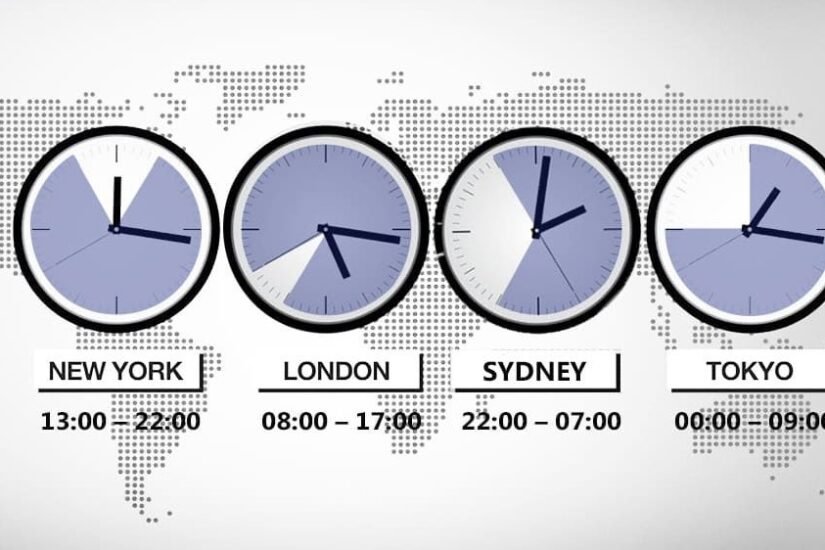Mastering Forex Money Management: Forex trading is a world of high stakes and endless opportunities. Yet, amidst the excitement of trading, one crucial aspect often gets overlooked: money management. Whether due to ignorance or laziness, neglecting proper money management in Forex can be a costly mistake. It’s a factor that can separate the winners from the losers in this competitive arena. In this article, we will delve into the significance of Forex money management and provide valuable insights to help you succeed.
Understanding Forex Money Management
So, what exactly is Forex money management? In essence, it’s a set of self-imposed guidelines that successful traders adhere to in order to handle their finances effectively. Its primary goals are to minimize losses, maximize profits, and grow one’s trading account.
While Forex money management is often confused with risk management, they are closely related concepts. Risk management involves identifying, analyzing, and quantifying all potential trading risks to protect oneself from adverse outcomes, whereas money management specifically focuses on safeguarding your capital.
A wise adage in trading sums up the essence of money management: “cut your losses short and let your winners run.” In other words, the key is to minimize losses, maximize gains, and, ultimately, become a profitable Forex trader.
Tips for Effective Money Management in Forex
For those new to Forex, the learning curve can be steep. To simplify the process, here are some essential tips to help you establish a successful Forex money management plan:
1. Only Trade What You Can Afford to Lose: As a novice trader, it’s paramount to deposit only what you can comfortably afford to lose into your trading account. Set a maximum acceptable monthly loss limit and stick to it. Never risk funds that are vital for your essential needs such as rent, food, or transportation. Forex trading doesn’t guarantee profits, and some traders may experience consistent losses. Don’t jeopardize your livelihood by risking what you can’t afford to lose.
2. Quantify Your Risk per Trade: Once you’ve determined your trading capital, the next step in your money management plan is to decide how much you’ll risk per trade and how to measure it. This will dictate where you place your stop-loss orders. There are two common approaches:
- Fixed Sum: Some traders set a fixed monetary amount as their maximum risk per trade (e.g., risking £500 per trade). This method is straightforward but may not adapt to changes in your account balance.
- Fixed Percentage: Most traders opt to risk a fixed percentage of their account balance per trade (e.g., 2% of a £10,000 balance). This approach adjusts your risk per trade as your account balance fluctuates, potentially maximizing returns.
3. Establish Your Risk-to-Reward Ratio: Determine your desired profit relative to your risk, known as the risk-to-reward ratio. This choice depends on your trading strategy and risk appetite. A ratio of 1:1 implies that your profit target matches your maximum acceptable loss, while a 1:3 ratio, for instance, indicates a threefold profit target relative to the risk. It’s generally advisable to aim for a risk-to-reward ratio higher than 1:1, as it can better withstand losses during losing streaks.
4. Respect Leverage: Leverage can magnify both profits and losses in Forex. While it allows traders to open larger positions with less capital, it’s a double-edged sword. Use leverage wisely and with caution. Borrowing funds from your broker to amplify your trades can be advantageous if managed carefully, but it can also lead to substantial losses if not respected.
5. Withdraw Profits: Many traders make the mistake of never or infrequently withdrawing their profits. When your trading account starts generating substantial returns, don’t hesitate to withdraw some of them. Enjoy the fruits of your labor and put the money to good use. Leaving profits idle in your account may tempt you to overtrade and potentially lose them.
Final Thoughts
These five principles of Forex money management should serve as your foundation when embarking on your trading journey. Once you’ve established your rules, stick to them diligently. For instance, you might incorporate these guidelines into your overall trading plan:
- Risk no more than 3% of your account balance on any single trade.
- Aim for a risk-to-reward ratio of 1:2 per trade.
- Limit weekly losses to a predetermined amount (e.g., £2,000) and halt trading for the week if this threshold is reached.
Remember that perfection comes with practice. You can hone your money management skills by practicing on demo accounts provided by brokers like Exness and XM Brokers, all without risking a penny.
As in any endeavor, success in Forex trading requires discipline, dedication, and a commitment to sound money management practices. With the right approach, you can navigate the complex world of Forex trading and increase your chances of achieving consistent profitability.
Frequently Asked Questions (FAQs) on Forex Money Management
1. What is the primary goal of Forex money management?
Forex money management aims to minimize losses, maximize profits, and grow your trading account. It involves setting rules and strategies to protect your capital while trading in the foreign exchange market.
2. Why is it crucial to trade only what I can afford to lose?
Trading only what you can afford to lose is essential because Forex trading carries inherent risks, and losses are possible. If you risk funds needed for essential expenses, it can lead to financial hardship.
3. How do I quantify my risk per trade?
You can quantify your risk per trade by either setting a fixed monetary amount (e.g., £500 per trade) or a fixed percentage of your account balance (e.g., 2% of a £10,000 balance). The choice depends on your preference and risk tolerance.
4. What is a risk-to-reward ratio, and why is it important?
A risk-to-reward ratio is the relationship between the potential profit and the amount at risk in a trade. It’s crucial because it helps you determine whether a trade is worth taking. A higher risk-to-reward ratio (e.g., 1:2) can help protect your account during losing streaks.
5. How should I approach leverage in Forex trading?
Leverage can amplify both gains and losses. It should be used cautiously. Respect leverage by understanding its implications and using it sparingly. Avoid excessive leverage, which can lead to significant losses.
6. Why is it important to withdraw profits from my trading account?
Withdrawing profits is important to safeguard your gains. Leaving profits in your trading account may tempt you to overtrade or risk more than necessary. By withdrawing profits, you ensure that you benefit from your successful trades.
7. What is the recommended percentage to risk per trade?
There is no one-size-fits-all answer to this question, as it depends on your risk tolerance and trading strategy. However, many traders opt to risk between 1% to 3% of their account balance per trade. The key is to find a percentage that aligns with your risk appetite and financial goals.
8. Can I change my risk per trade as my account balance grows or shrinks?
Yes, you can adjust your risk per trade as your account balance changes. Using a fixed percentage approach ensures that your risk aligns with your account size. As your balance grows, you can potentially increase your risk per trade, and vice versa.
9. What should I do if I reach my weekly loss limit as part of my money management plan?
If you reach your predetermined weekly loss limit, it’s advisable to stop trading for the remainder of the week. This prevents emotional decision-making and further losses. Stick to your plan to protect your capital.
10. How can I practice Forex money management without risking real money?
You can practice Forex money management strategies without risking real money by using demo accounts offered by reputable brokers. Demo accounts allow you to trade with virtual funds, helping you gain experience and refine your money management skills without financial risk.
Remember that Forex trading is inherently risky, and no money management strategy can guarantee profits. However, by following sound money management principles and continuously educating yourself, you can improve your chances of success in the Forex market.





